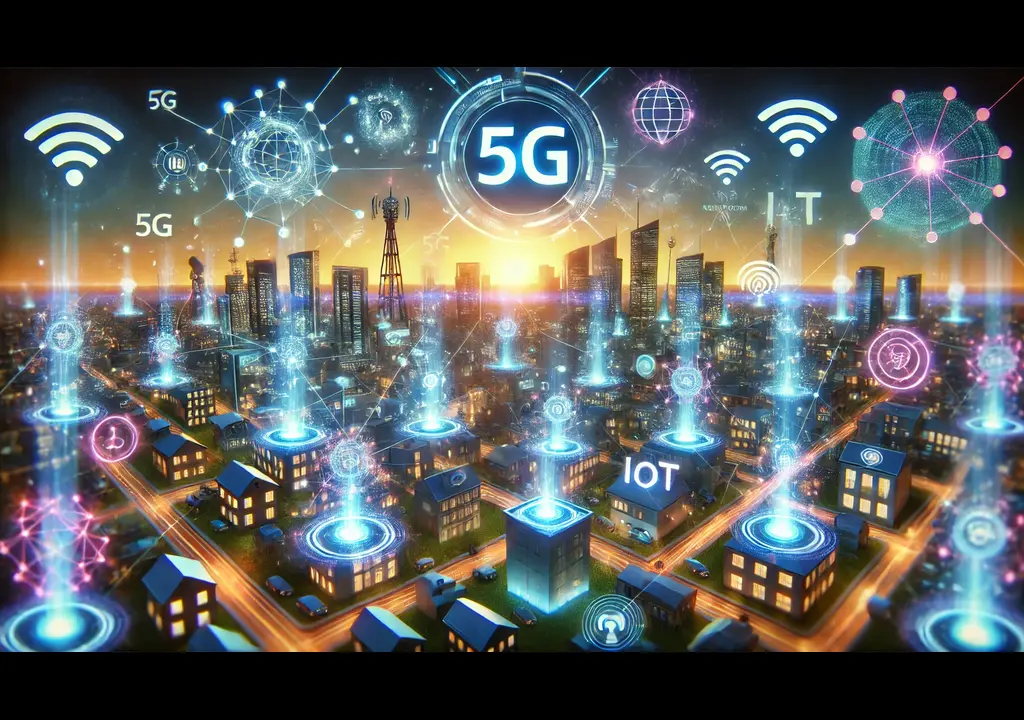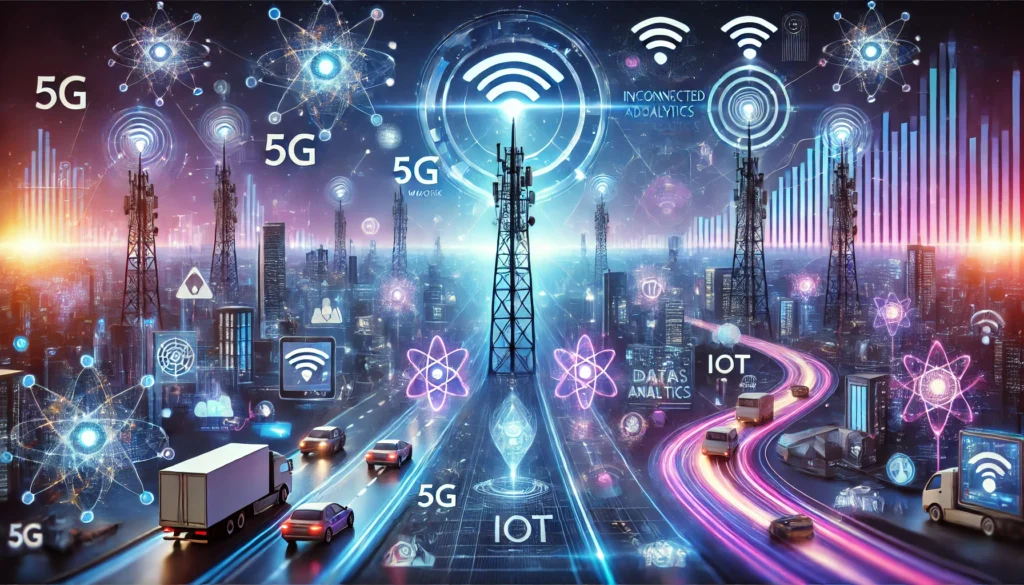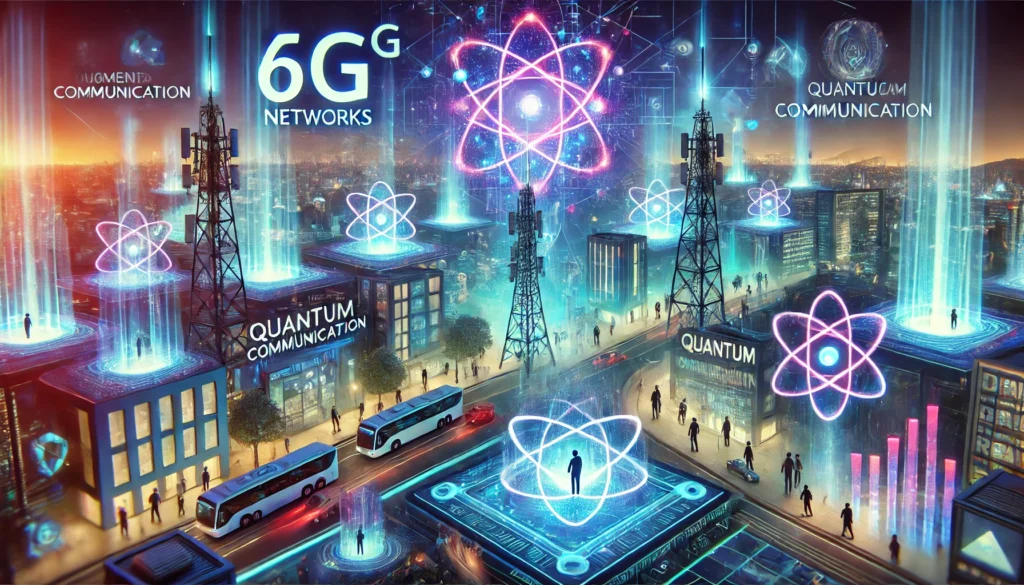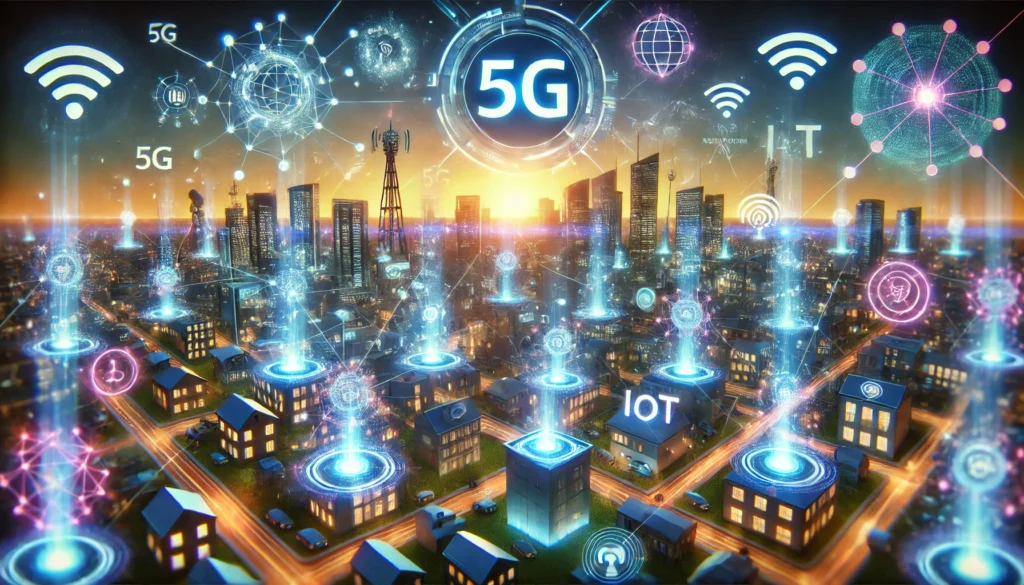New communication technology has transformed the way we connect, share information, and conduct business. From the invention of the telephone to the rise of the internet and now 5G, communication tools have evolved rapidly, shaping every aspect of modern life. This evolution isn’t just about staying connected—it’s about how businesses innovate, industries expand, and societies thrive in a digital-first world.
Staying updated with new communication technology is more critical than ever. In an age where information travels at lightning speed, understanding the latest advancements ensures individuals and businesses remain competitive and adaptable. Emerging tools like AI-powered chatbots, video conferencing platforms, and IoT devices are not just conveniences—they are necessities for seamless communication in both personal and professional spheres.
Imagine managing your career, education, or even daily errands without the instant connectivity offered by smartphones, apps, or social media. As new communication technology continues to redefine how we live and work, its influence stretches across healthcare, education, manufacturing, and beyond. By embracing these innovations, we unlock opportunities to build smarter cities, foster global collaboration, and enhance the human experience in unprecedented ways.

Contents
ToggleWhat Is New Communication Technology?
Definition and Scope
New communication technology refers to the innovative tools, systems, and platforms that facilitate the exchange of information across diverse channels. These technologies blend traditional methods with cutting-edge advancements, aiming to enhance speed, efficiency, and reach in communication. They often leverage digital, wireless, and AI-driven systems to streamline interactions in personal, professional, and global contexts.
Examples of Advancements
Recent breakthroughs include 5G networks, offering ultra-fast internet speeds and low latency for seamless communication. The Internet of Things (IoT) connects everyday devices to share data and enable real-time interactions. Additionally, AI-driven communication tools like chatbots, voice assistants, and predictive analytics are transforming how businesses and individuals communicate.
Importance in Modern Life
These technologies are reshaping industries, enabling global connectivity, and enhancing productivity. From remote work and telemedicine to smart homes and real-time translation, new communication technology bridges gaps and fosters innovation. It empowers individuals and businesses to stay informed, connected, and competitive in an increasingly digital world. As technology continues to evolve, its role in shaping communication will remain pivotal to our lives.
Key Features of New Communication Technology
Modern communication technology has transformed the way we connect, share, and collaborate. Here are the key features driving this innovation:
- Faster Connectivity (e.g., 5G Networks)
The advent of 5G networks has significantly reduced latency and increased download and upload speeds. It allows for real-time communication, seamless streaming, and efficient data transfer, empowering industries like healthcare, gaming, and IoT (Internet of Things). - Enhanced Security Through Blockchain and Encryption
Advanced encryption methods and blockchain technology ensure secure communication. Blockchain creates decentralized networks that protect against data breaches, while encryption secures sensitive information, providing safer interactions for businesses and individuals alike. - Integration with AI for Smarter Tools
AI-powered tools like chatbots, virtual assistants, and predictive text enhance communication systems. These tools can handle customer queries, automate routine tasks, and provide personalized experiences, making communication faster and more effective. - Cross-Platform Compatibility
Communication technologies now support multiple platforms and devices. Users can transition smoothly between smartphones, tablets, and computers, ensuring uninterrupted connectivity and a consistent experience across various channels.
By incorporating these features, new communication technologies continue to improve accessibility, efficiency, and security for users worldwide.

The Impact of New Communication Technology on Industries
Healthcare
New communication technologies are revolutionizing healthcare by enabling telemedicine and remote patient monitoring, making healthcare accessible from anywhere. Providers can now consult with patients virtually, saving time and reducing travel. Real-time communication tools allow seamless collaboration among doctors, specialists, and caregivers, ensuring faster and more accurate diagnosis and treatment. These advancements improve healthcare delivery, particularly in rural and underserved areas.
Education
In education, virtual classrooms and online learning platforms are transforming traditional teaching methods. Interactive tools, like video conferencing, collaborative whiteboards, and real-time messaging, allow educators to engage with students dynamically, fostering an immersive learning environment. These technologies ensure access to quality education regardless of location, making learning more inclusive and effective.
Business
Communication technologies are driving enhanced collaboration in businesses through tools like video conferencing, instant messaging, and cloud-based workspaces. Teams across geographies can now work efficiently in real-time. Additionally, AI-powered chatbots and automated communication systems improve customer experiences by providing personalized, 24/7 support. These advancements streamline operations, boost productivity, and enhance customer satisfaction.

Advantages of New Communication Technology
Increased Efficiency in Personal and Professional Communication
New communication technologies streamline interactions, saving time and effort in both personal and workplace scenarios. Tools like instant messaging apps, video conferencing platforms, and collaboration software enable real-time communication and coordination, enhancing productivity. Whether it’s scheduling meetings or sharing files, these tools reduce delays and improve decision-making processes.
Global Connectivity and Breaking Geographical Barriers
Modern communication technologies eliminate the limitations of distance, allowing people across the globe to connect seamlessly. Video calls, social media, and messaging apps make it possible to maintain relationships and conduct business regardless of physical location. This connectivity fosters cultural exchange, global partnerships, and access to international markets, breaking barriers that once hindered progress.
Improved Access to Information and Services
The advent of communication technology has democratized access to information. With the internet and smart devices, people can quickly access educational resources, healthcare services, and entertainment from anywhere. Governments and businesses use these technologies to provide better services, ensuring inclusivity and efficiency. For instance, e-learning platforms and telemedicine have revolutionized how education and healthcare are delivered.
Challenges in Adopting New Communication Technology
Accessibility Issues
One of the primary challenges in adopting new communication technologies is the accessibility gap, especially in developing regions. High costs and limited infrastructure often prevent many people from gaining access to the latest tools and platforms. This issue is particularly prevalent in rural or underdeveloped areas where internet connectivity is poor or non-existent, and the cost of devices remains prohibitively high. As a result, these communities are left behind, unable to participate fully in the global digital communication landscape.
Privacy Concerns
With the rise of new communication technologies comes the increased risk of data breaches and misuse of personal information. As more interactions are conducted online, the potential for hacking and cyber-attacks grows. Users’ sensitive data, such as personal details, payment information, and communication histories, can be compromised. Many are concerned about the privacy of their online activities and the security measures taken by companies to protect their data. These concerns often create hesitation when adopting new technologies.
Learning Curve
Adapting to new tools and technologies often presents a significant learning curve, particularly for those who are not tech-savvy. Users may struggle with understanding complex features or adjusting to interfaces that are vastly different from previous technologies. The constant evolution of communication tools can be overwhelming, requiring time and effort to learn and integrate them into daily routines. This challenge can be especially difficult for older adults or individuals who are less familiar with digital environments.
The Future of New Communication Technology
As we look ahead, communication technology is poised for groundbreaking advancements. With the emergence of 6G networks and quantum communication, we can expect faster speeds, ultra-low latency, and secure data transfer that will revolutionize industries ranging from healthcare to education. These technologies will create opportunities for smarter cities and more efficient global communications.
Innovations to Watch
- 6G Networks and Quantum Communication: These next-generation technologies will dramatically increase internet speeds and provide unparalleled security. Quantum communication, leveraging quantum entanglement, will ensure that data remains secure and tamper-proof, while 6G will pave the way for the most seamless and ultra-reliable connectivity.
- Augmented Reality (AR) and Virtual Reality (VR): AR and VR will redefine how we interact with digital environments. From immersive training simulations to social interaction in virtual worlds, these technologies will transform entertainment, education, and business operations by creating more engaging and interactive experiences.

How It Will Shape Society
- A More Connected and Efficient World: With these advancements, the world will become more interconnected, driving innovation in every sector. Remote work, online learning, and real-time collaboration will become even more seamless.
- Ethical Considerations in Tech Development: As we push the boundaries of technology, questions of privacy, security, and fairness will become increasingly important. Ethical considerations will guide the development of these technologies to ensure they benefit society as a whole while minimizing harm.
Conclusion
The transformative impact of new communication technology has reshaped how we interact, work, and learn, creating a world that is more interconnected than ever. From the rise of AI-driven chatbots to the global reach of social media platforms, communication technologies have enabled businesses to connect with customers instantly, educators to reach students worldwide, and individuals to maintain relationships across borders. These advancements have not only revolutionized the way we communicate but also increased productivity, fostered innovation, and created new opportunities for growth in virtually every industry.
To thrive in this ever-evolving digital landscape, it’s crucial to embrace these innovations. The ability to adapt and harness the potential of emerging communication technologies can help you stay ahead of the curve and ensure success in a rapidly changing world. By staying informed and investing in the right tools, you position yourself to navigate the future with confidence and agility. Embrace these advancements, and be a part of the technological revolution driving change across the globe.
FAQs
Q1: What is new communication technology?
A: New communication technology refers to modern tools and platforms like 5G, AI-based apps, and IoT that enhance how people connect and share information.
Q2: How does new communication technology benefit businesses?
A: It boosts efficiency, enables global collaboration, and improves customer interactions through tools like video conferencing and AI chatbots.
Q3: What are the challenges of new communication technology?
A: Key challenges include accessibility in remote areas, data privacy issues, and the learning curve for adopting new tools.
Q4: What is the future of communication technology?
A: Future innovations include 6G networks, quantum communication, and AR/VR applications for immersive experiences.
Q5: How can I stay updated on communication technology trends?
A: Follow tech blogs, attend webinars, and explore the latest tools to remain informed and skilled.



